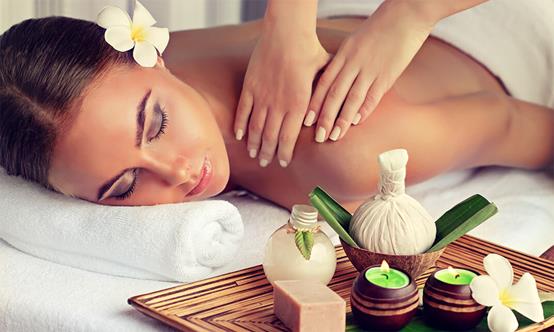
Generally, the pure essential oil is not suitable for direct application to the skin because of its high concentration. It must be diluted with base/carrier oil. When the essential oil is diluted with a carrier oil, the ratio is approximately 1 c.c. carrier oil for a drop of essential oil.
Note: Generally 20-drop essential oil equals 1c.c essential oil.
The following are recommendations for essential oil DIY for health care:
◎ dizziness: grapefruit oil, eucalyptus oil, lemon oil
◎ stuffy nose: tea tree oil, rosemary oil
◎ sore throat: grapefruit oil, lemon oil
◎ dry & itching eyes: tea tree (used with a diffuser)
◎ headache: lavender oil, peppermint oil (massage temple)
◎ mosquito bites: lavender (applied to the affected area)
◎ low back pain: peppermint, rosemary, chamomile (massage lower back to the end of the spine)
◎ constipation: rosemary, peppermint, lemon (massage the lower abdomen)
◎ influenza: tea tree, lavender, thyme (used when bathing for 10 to 15 minutes)
◎ upper abdominal pain: peppermint, clove (massage the upper abdomen)
◎ lower abdomen pain: thyme, eucalyptus (massage the lower abdomen)
◎ Athlete’s foot: tea tree, lavender (wipe around the toes and nails)
◎ abscess: lavender, tea tree, chamomile (applied to the affected area every 2 days)
◎ bruises: geranium, rosemary, lavender (massage or applied to the affected area)
◎ nosebleed: lemon, lavender (inhalation method)
◎ burns: Lavender (applied to the wound after 10 minutes of cold compress)
◎ toothache: clove, chamomile, lemon (applied to the affected area)
Directions for use of essential oil:
- All essential oil applications should not replace medical treatment.
It is recommended to use the essential oils with a diffuser with which the effect is much better than that with an incense burner.
